 Borders. Delighting cartographers; thwarting travellers. In Stans #5 I gave you a glimpse of them from the ground-level. In Stans #2 I explained the source of these baffling boundaries, and their ridiculous results: A land minced into enclaves. Cultures cleaved.
Borders. Delighting cartographers; thwarting travellers. In Stans #5 I gave you a glimpse of them from the ground-level. In Stans #2 I explained the source of these baffling boundaries, and their ridiculous results: A land minced into enclaves. Cultures cleaved.
The Fergana Valley is one such place, a peninsula of Uzbekistan jutting into a sea of Otherstans. This arable valley fed the empires warring around it, and a millennia of travellers wandering through it. Surrounded by deserts and mountains, this valley provided a hospitable staging point for people of the Silk Road.
And long before today’s borders were etched into school globes and GPS maps, this land now called Uzbekistan lay in a veritable sea of fluid borders, ebbing with the steady stream of kingdoms, khanates, and empires. And rising from this sea were some of the world’s great walled-cities. Like Bukhara. Like Khiva.
I’m probably not the only person who grew up thinking that “ancient history” consisted entirely of Romans and Egyptians. (Here comes National Geographic with another mummy-discovery story…) So I know that the aforementioned cities, names from the continental deserts of Eurasia, are meaningless to most of you. And me too, before I went to them. So let me tell you one story about one of these cities, Bukhara, to give it some context in your brain. A story that I hope will not be soon forgotten.
To start, have you ever heard of “The Great Game”?
The Great Game and the Butcher’s Bug Pit
BEFORE COMING TO the Stans, I recognised the term “Great Game” but knew nothing about it, except that it probably wasn’t referring to the eighth game of the 1972 Canada-Russia Summit Series (widely considered the finest moment in Canadian sporting history).
In a nutshell, The Great Game was a century-long rivalry between the two great world empires of the 19th Century: Russia and Britain. British India, expanding north, was on a collision course with tsarist Russia, expanding south. The front between these powers ran through what is today’s Afghanistan.
The man who actually dubbed this power struggle with such a memorable name was a British intelligence officer named Arthur Conolly – worth a special mention because of his untimely demise:
Conolly was captured in Central Asia while trying to rescue another officer who’d been imprisoned for years. His crime? Poor etiquette which offended the Emir of Bukhara. (proof that it always pays to learn the local customs before a trip). The Emir (nicknamed “The Butcher”) was not particularly gentle (surprise surprise): Both officers spent months languishing in a 4-metre deep dungeon known as the “Bug Pit”. It was infested with rodents, scorpions, and lice. I went to see the Pit myself, and can tell you that it makes my budget hotels look 5-star by comparison.
In 1842, eight months after Conolly’s capture, with Britain uninterested in further rescue missions the two men were marched outside of Bukhara’s ’Ark’ fortress. An enormous crowd watched as the men were forced to dig their own graves, and then beheaded.
Today, life in these ancient walled-cities is a bit more tame. Here’s a snippet of what I captured from the streets. Unfortunately, no beheadings. Enjoy!
[Click photos to view full-screen; use the arrow keys to switch images]

In an ancient cemetary, the custodians allowed us to climb a derelict TV tower for a better vantage point.

I love photos of people working. Did ya already hear I'm making a book about the subject? Go to michaelfuller.ca/waw to learn more.

Graffiti is an unfortunate fact all over the world. These girls climbed stairs for 10 stories just to write their names and turn around again.
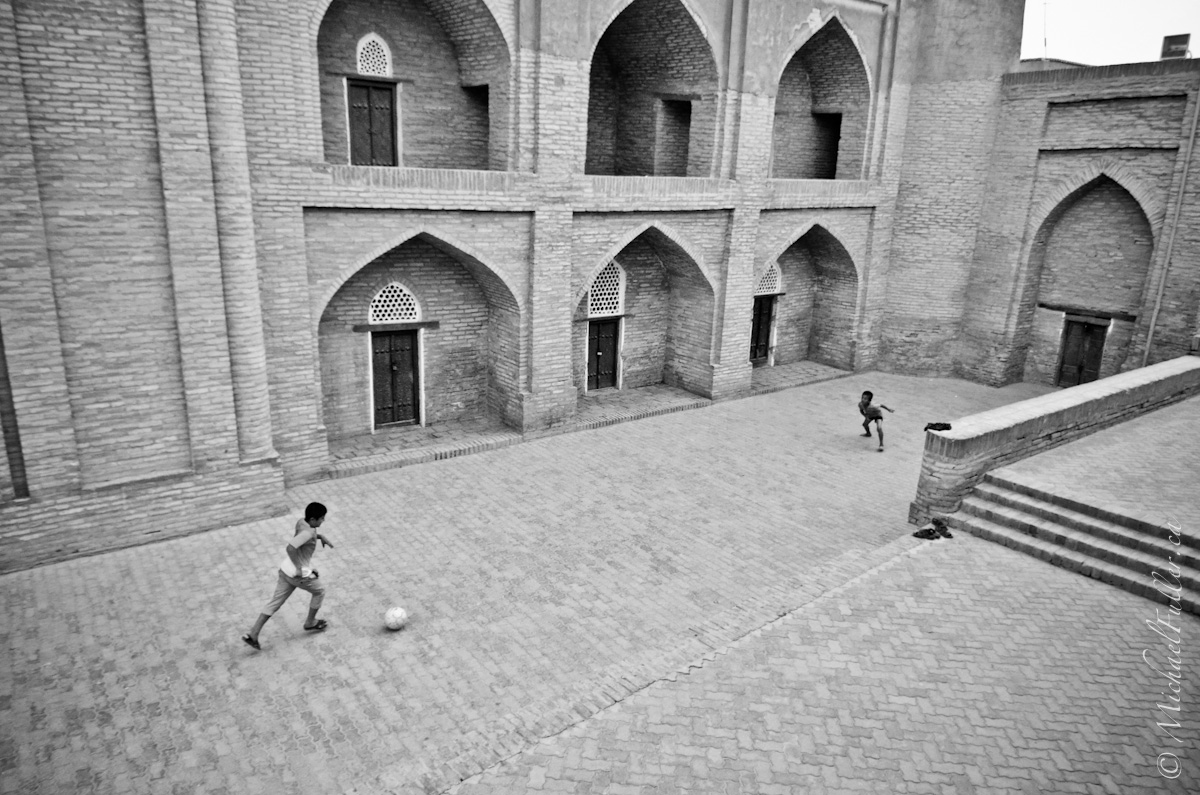
Kids in walled cities don't have many options for football pitches. These doors will do. (they were later chased away by a frightful witch of a woman)














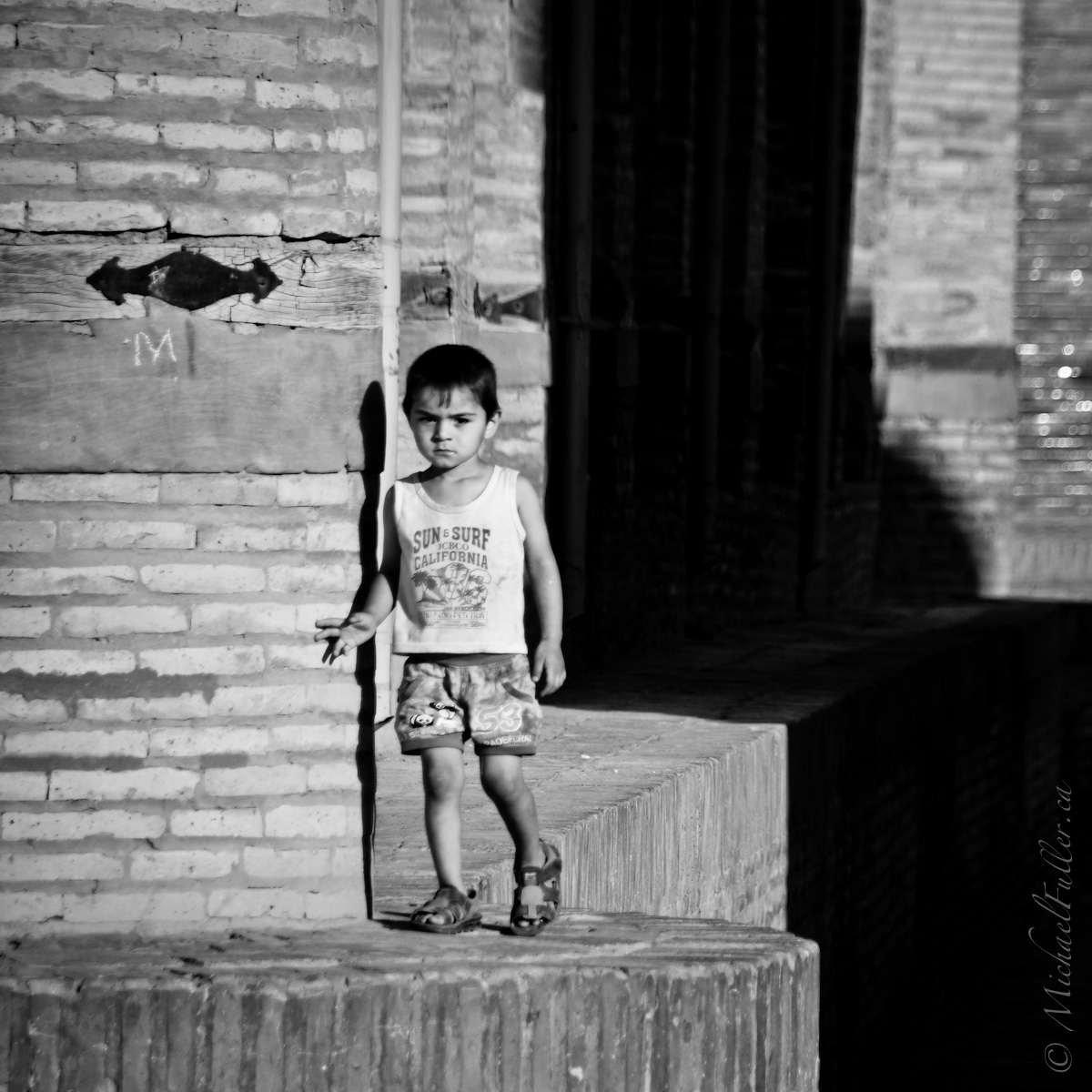





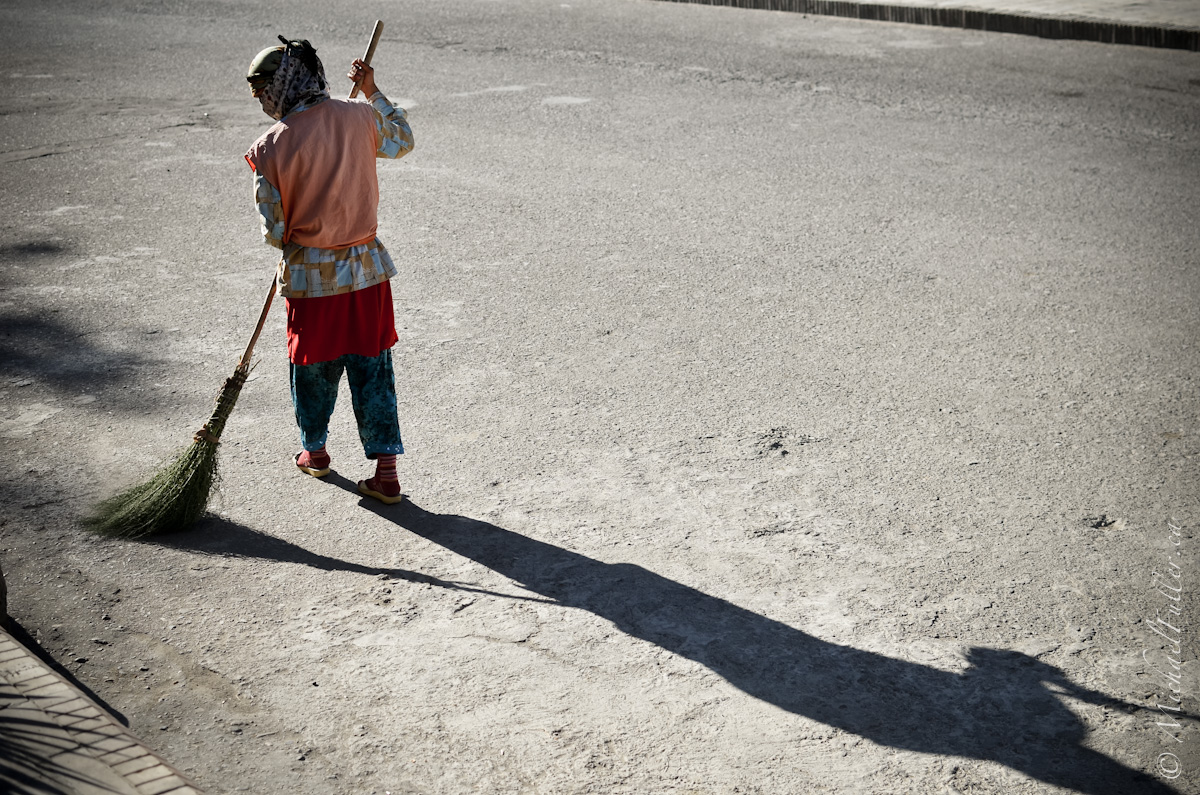






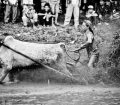



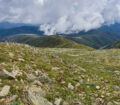











My first response: Whoa. Places like this still exist?! I want to go!
Also: There isn’t a caption on the arial photo of what look like giant bee hives (maybe kilns or tombs?). What’s that one about?
Great work as always, dude!
Whoa, Erika, they do indeed! Uzbekistan was waaay off my radar – I couldn’t name a single fact about the country before I arrived. It’s pretty rad, and the only touristy parts are inside the walls of their two largest ancient cities (Samarkand and Bhukara).
There are no beehives here! Those person-sized humps of stone were a mystery to us, too. Definitely not a tomb or a kiln. We even went inside one! It was probably for grain storage.
Thanks for the kudos!